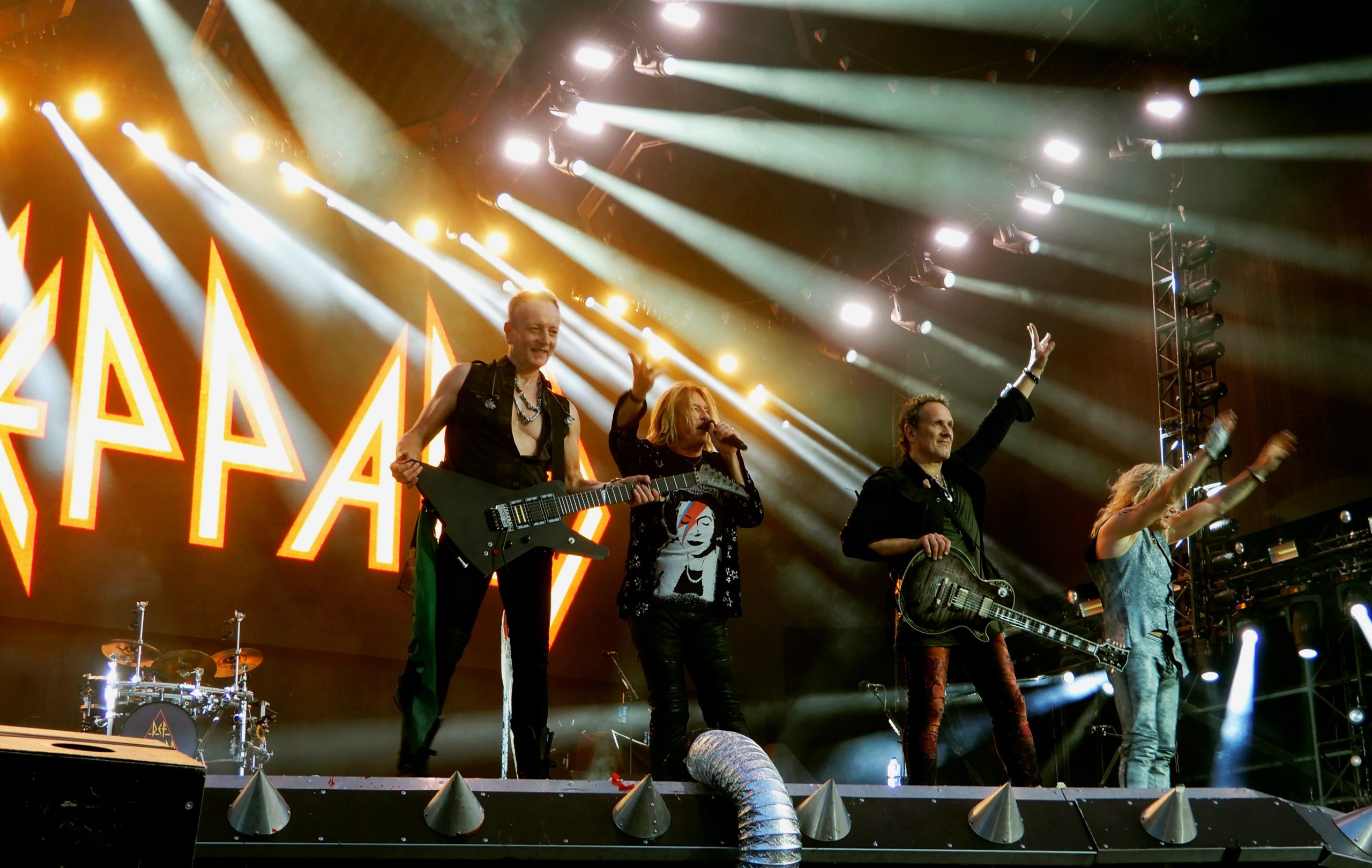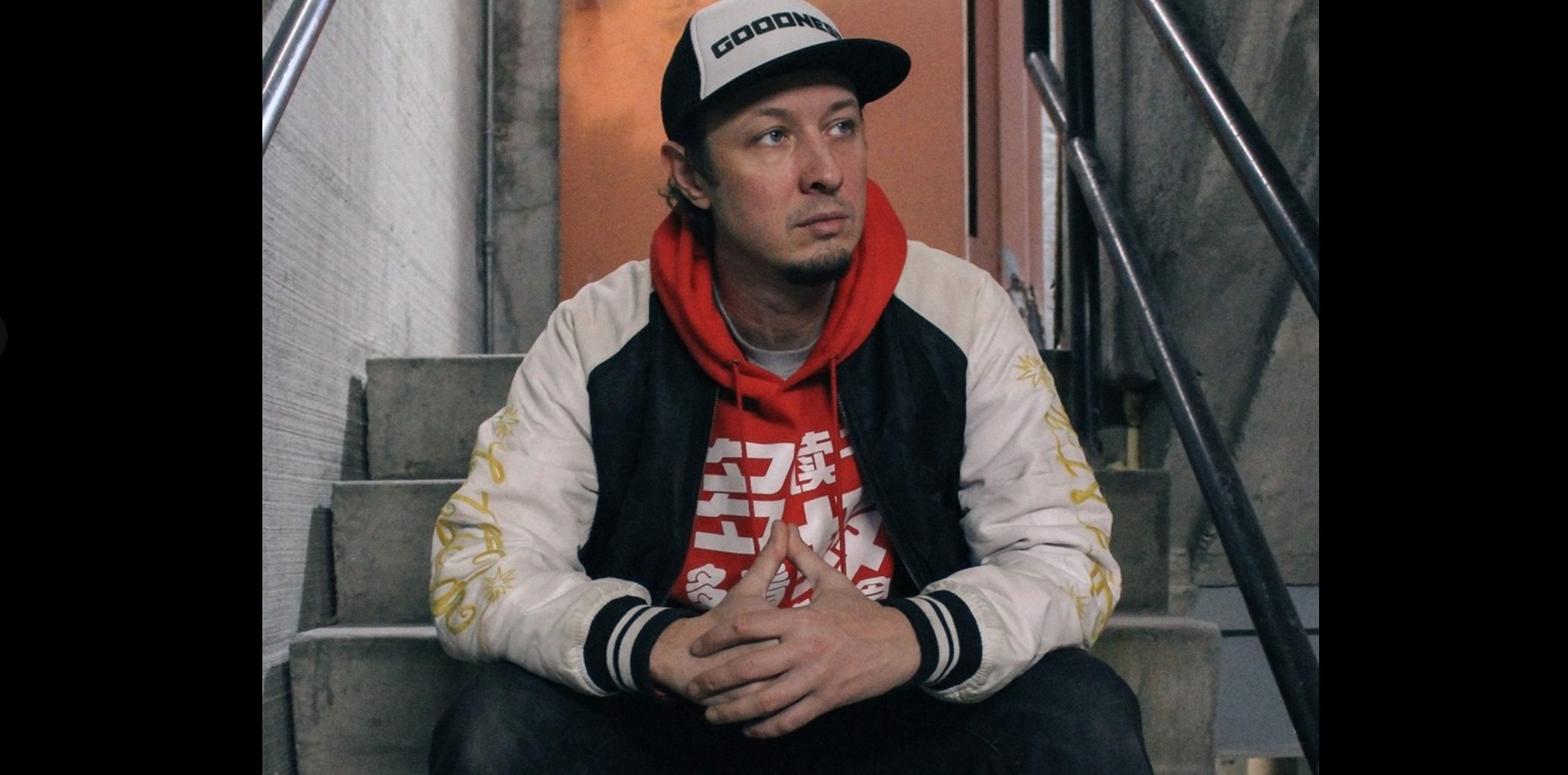While major venues once controlled crowd destiny through heavy-handed security, today’s festival disasters reveal the same foundational failures that sparked the Rolling Stones‘ 44-year Blackpool ban. The Stones’ darkest moment happened at the Empress Ballroom on July 24, 1964. The crowd was already throwing coins at opening act The Executives, chanting for the headliners like caffeinated teenagers demanding their favorite TikTok creator. When fans began spitting at Brian Jones, Keith Richards retaliated—transforming restless energy into full-scale chaos that would define rock’s dangerous reputation.
When Rock Stars Fought Back
The aftermath resembled a modern festival security breakdown played at 45 RPM. Fans stormed the stage, destroying equipment while police called for reinforcements. Two concertgoers were hospitalized, 50 needed treatment, and the £4,000 damage bill reflected serious destruction—equivalent to tens of thousands today. The Blackpool Town Council responded with a ban that lasted until 2008, treating the Stones like a public health hazard.
This wasn’t just teenage rebellion—it was institutional failure wrapped in leather jackets.
The Blueprint for Bad Boys
“Blackpool really cemented the Stones reputation as the bad boys of pop… the antithesis of the Beatles,” noted music writer Richard Houghton. While the Fab Four inspired screaming, the Stones inspired riots. The incident triggered copycat violence across Europe, with police deploying tear gas and batons at subsequent Stones concerts.
Your parents’ generation witnessed the birth of rock’s dangerous mythology, but they also saw venues scrambling to prevent similar disasters. The Blackpool riot forced the industry to confront uncomfortable truths about crowd psychology, artist responsibility, and the volatile chemistry between performers and audiences. These lessons shaped everything from barrier placement to emergency protocols—innovations that modern festivals somehow forgot.
The Astroworld Echo
Today’s festival security failures echo 1964’s institutional blindness with disturbing clarity. The same crowd density issues, inadequate emergency planning, and communication breakdowns that destroyed the Empress Ballroom have claimed lives at contemporary events. When 10 people died at Travis Scott’s Astroworld festival, investigators found the same systemic failures that plagued Blackpool nearly 60 years earlier.
The Stones’ ban was finally lifted in 2008, accompanied by diplomatic statements about reconciliation. But the real reconciliation needed is between the music industry and its persistent inability to learn from its own history, leaving each generation to rediscover the same deadly lessons about crowd control and artist accountability.


























